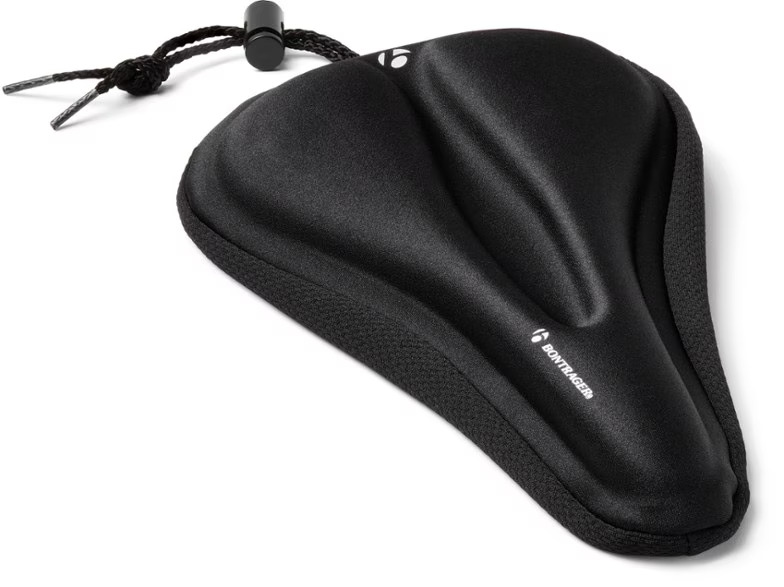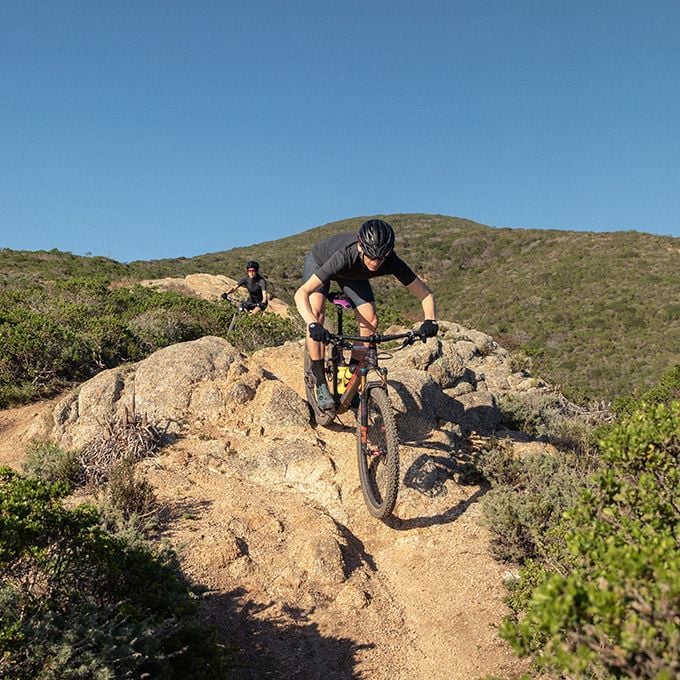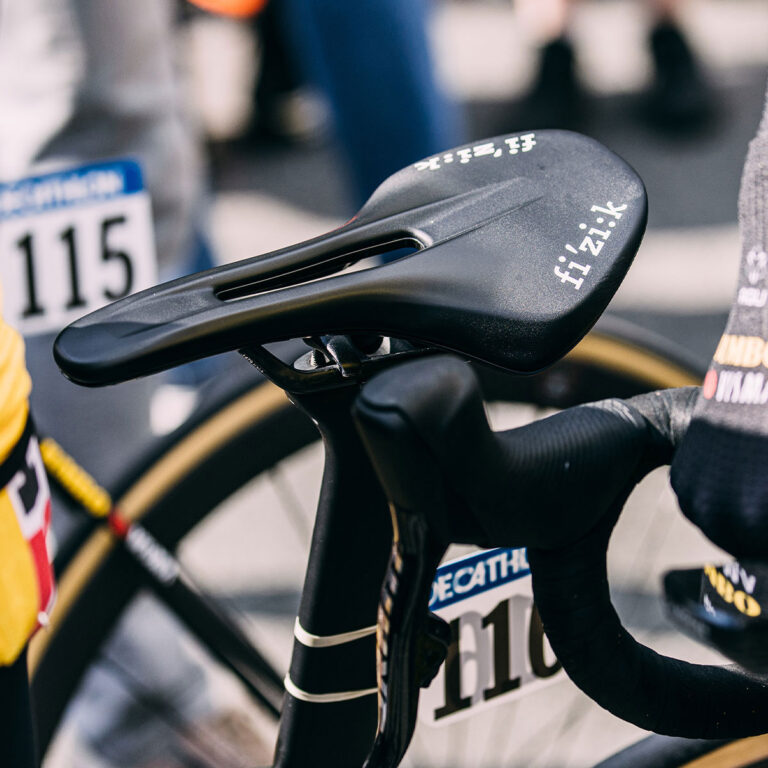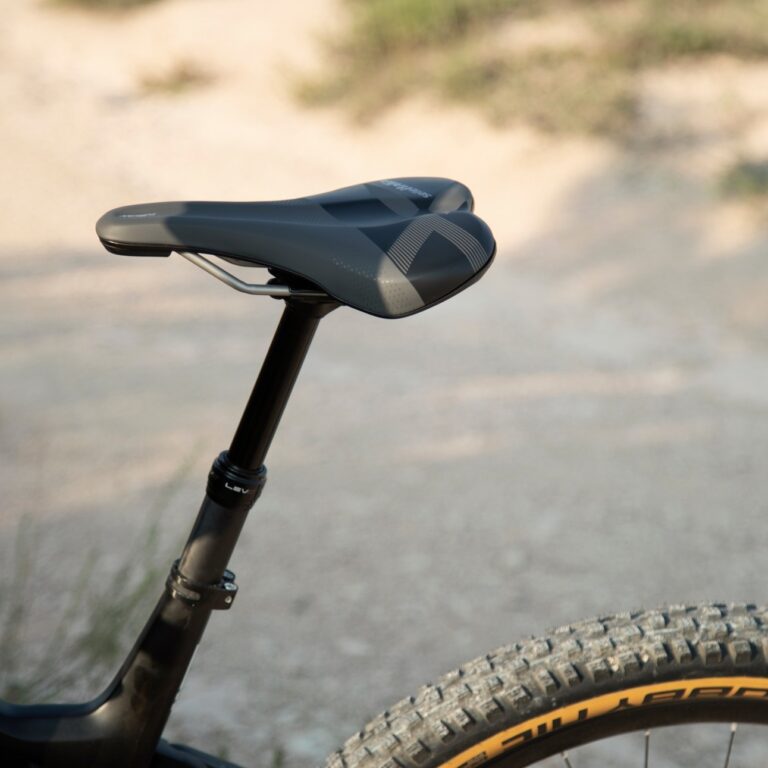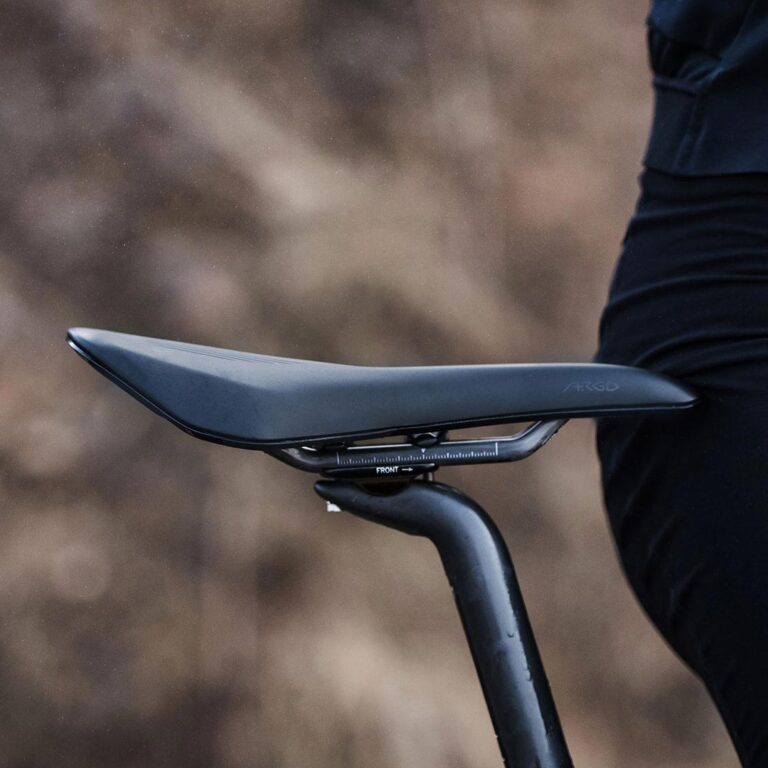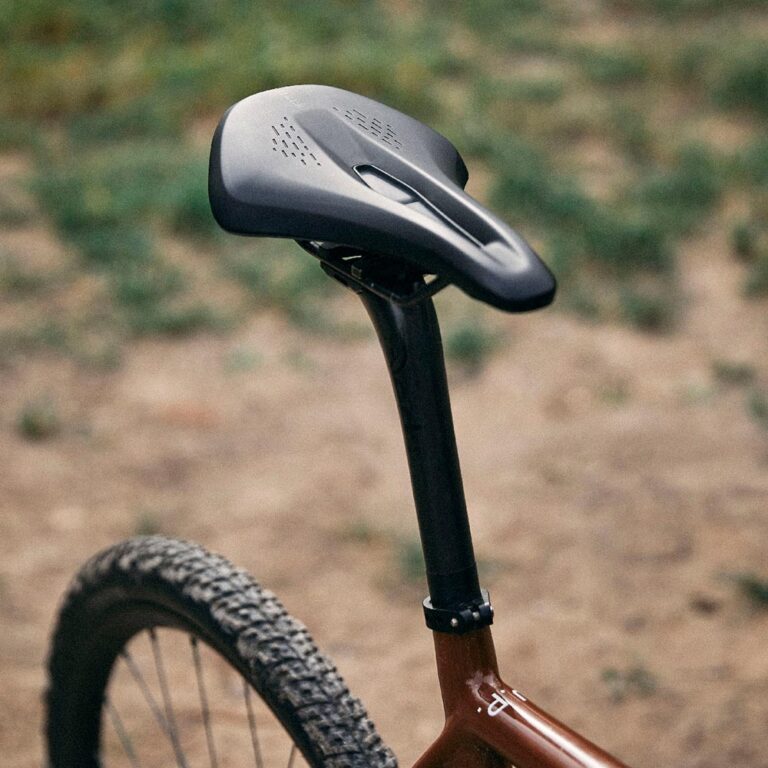Enhancing Gravel Bike Rides: Gravel Bike Saddle Covers for Extra Comfort
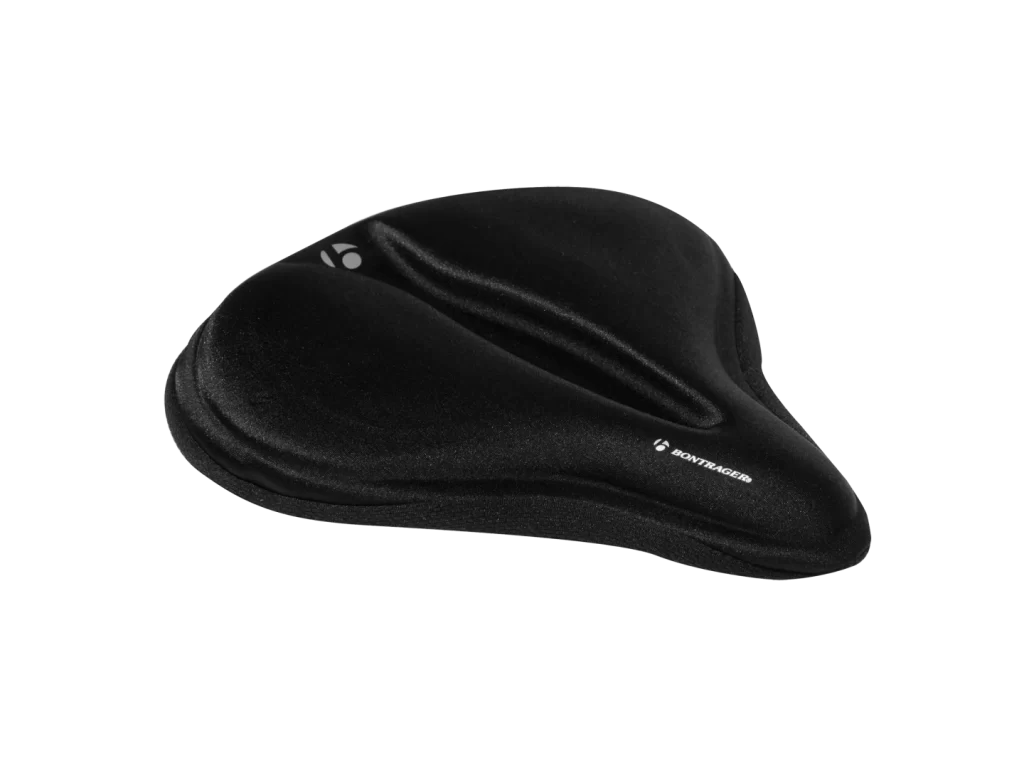
Key Point Summary of Gravel Bike Saddle Covers for Extra Comfort:
- Types of Saddle Covers: Exploring different materials and designs suitable for gravel biking.
- Comfort and Protection: How the right saddle cover can increase comfort and protect your saddle.
- Personal Experience Insights: Sharing my journey in finding the perfect saddle cover for gravel biking adventures.
As a master cyclist who has spent years exploring various disciplines, including mountain biking, gravel biking, and cyclocross, I’ve realized the importance of comfort, especially on longer rides. Saddle covers can be a game-changer, offering additional comfort and protection. In this article, aimed at beginner to mid-level cyclists, I’ll share insights and personal anecdotes about choosing and using saddle covers for gravel biking.
Types of Saddle Covers
Material Matters: Saddle covers come in materials like gel, foam, sheepskin, and even waterproof fabrics. Each has its unique benefits. For instance, gel covers provide excellent cushioning, ideal for rough gravel trails. I recall a 100-mile gravel race where a gel cover significantly reduced discomfort, allowing me to focus on the ride, not the pain.
Design Diversity: Some covers are designed for specific saddle shapes, while others are universal. Look for one that fits your saddle snugly to avoid slipping or bunching. Reflective elements can also be a bonus for visibility during early morning or late rides.
Comfort and Protection
Enhanced Comfort: The right saddle cover can significantly increase comfort, especially on uneven gravel terrain. It acts as an additional layer of cushioning, absorbing vibrations and impacts. During a multi-day gravel tour, my foam cover was invaluable in reducing fatigue.
Saddle Protection: Covers also protect your saddle from wear and tear, especially useful in gravel biking where exposure to elements is frequent. I’ve noticed that my saddle has lasted longer since I started using a waterproof cover, saving me money in the long run.
Personal Experience Insights
Trial and Error: Finding the right saddle cover involved some trial and error. Initially, I used a bulky cover that shifted around, which was distracting. After switching to a slim, gel-based cover, my rides became much more comfortable without sacrificing bike control.
Seasonal Choices: In wetter months, I switch to a waterproof cover, which keeps the saddle dry and prevents damage. During summer, a breathable mesh cover helps avoid overheating.
Let’s Delve Deeper!
Significance, Variety, and Impact on Cycling Experiences
Enhanced Riding Comfort: Gravel biking often involves navigating through rough terrains and long distances. This can lead to discomfort and fatigue due to the constant vibrations and pressure. Saddle covers come in as a simple yet effective solution to this problem. By adding an extra layer of cushioning, they can significantly reduce the discomfort caused by prolonged sitting on hard saddles. As someone who’s tackled many grueling gravel rides, I can attest to the difference a well-cushioned saddle cover makes.
Variety in Materials: The market offers a wide range of materials for saddle covers, each serving a specific purpose. Gel covers are popular for their superior shock absorption, making them ideal for rough terrains where comfort is a priority. Foam covers provide a lighter option with decent cushioning, suitable for a variety of conditions. For those looking for natural materials, sheepskin covers offer breathability and comfort, though they might require more maintenance. Waterproof covers are a boon in wet conditions, protecting the saddle from moisture and subsequent damage.
Impact on Saddle Longevity: Regular exposure to elements like sun, rain, and mud can wear down a saddle quicker than one would expect. A saddle cover not only enhances comfort but also acts as a protective layer. This protection extends the life of your saddle, making it a cost-effective solution in the long run. From personal experience, I’ve seen my saddles last longer and maintain better condition with the use of appropriate covers.
Choosing the Right Cover: It’s important to select a saddle cover that fits your saddle shape and size. A cover that’s too loose can shift and slide, causing discomfort and distraction, while one that’s too tight may be challenging to put on and take off. Some covers come with additional features like anti-slip textures, reflective strips for visibility, or ventilation holes for increased airflow.
Ease of Maintenance: Most saddle covers are designed for easy maintenance. Gel and foam covers can usually be wiped clean with a damp cloth. If you choose a fabric cover, look for one that’s machine washable for convenience.
In summary, incorporating a saddle cover into your gravel biking setup can enhance your riding comfort, protect your saddle, and potentially save you money in the long run. It’s a small accessory with a significant impact on your overall cycling experience.
Enhancing Ride Comfort with Bontrager Saddle Covers: A Cyclist’s Perspective
Bontrager, a reputable brand in the cycling accessories industry, is renowned for its commitment to quality and innovation, and this extends to their range of saddle covers. Known for enhancing the cycling experience, Bontrager’s saddle covers are designed with the cyclist’s comfort and performance in mind. They often feature advanced materials like gel inserts, which are excellent for absorbing vibrations and providing additional cushioning on rough terrain. This makes them particularly suitable for longer rides or gravel biking, where comfort is crucial.
In my experience, a Bontrager saddle cover can significantly improve ride comfort without compromising the feel or performance of the bike. Their covers are typically easy to install and fit a wide range of saddle sizes and shapes. Durability is another strong point for Bontrager products. They tend to withstand daily wear and tear and various weather conditions, making them a practical long-term investment for regular cyclists.
Moreover, Bontrager often incorporates ergonomic designs in their products, ensuring that the cover supports the rider’s posture and riding style effectively. This attention to detail in design can make a noticeable difference in overall ride quality, reducing fatigue and discomfort during extended periods of cycling.
In summary, opting for a Bontrager saddle cover could be a wise decision for cyclists seeking a blend of comfort, durability, and quality. Whether you’re an avid gravel biker, a road cyclist, or enjoy casual rides, a Bontrager saddle cover might provide the extra comfort you need while also protecting your saddle from the elements and wear.
FAQ
Are saddle covers worth it?
Yes, saddle covers are generally worth it for many cyclists. They offer additional comfort, especially on long rides or if the existing saddle is not very cushioned. Saddle covers can also protect the saddle from wear and tear, weather elements, and dirt, extending its lifespan.
For riders who frequently cycle in varying weather conditions or want to enhance the comfort of their ride without investing in a new saddle, a cover can be a cost-effective solution. However, the value of a saddle cover can vary depending on individual needs and the type of cycling they engage in.
How do you cover a bike seat?
To cover a bike seat effectively:
- Choose the Right Cover: Select a saddle cover that fits your bike seat’s size and shape. There are universal covers available, as well as those designed for specific saddle types.
- Position the Cover: Place the cover over the top of the saddle. Make sure it covers the entire surface area of the seat for maximum protection.
- Secure the Cover: Most saddle covers come with elastic edges or straps. Stretch these around the underside of the saddle to hold the cover in place. Ensure it’s snug and secure to prevent it from slipping during rides.
- Adjust as Needed: Once the cover is on, adjust it to remove any wrinkles or folds. This helps maintain comfort and ensures the cover is evenly distributed over the seat.
By following these steps, you can easily cover your bike seat to protect it from wear and weather, and potentially increase your riding comfort.
How do I protect my bike saddle?
To protect your bike saddle, consider the following steps:
- Use a Saddle Cover: A waterproof or weather-resistant saddle cover protects the saddle from rain, sun, and dirt.
- Regular Cleaning: Wipe down the saddle regularly with a damp cloth to remove dirt and sweat. Avoid harsh chemicals, especially on leather saddles.
- Proper Storage: Store your bike in a dry place to protect the saddle from weather elements. If you must park outdoors, consider using a bike cover.
- Maintenance for Leather Saddles: If you have a leather saddle, treat it with a leather conditioner periodically to keep it supple and prevent cracking.
- Check for Damage: Regularly inspect the saddle for signs of wear or damage, such as tears or cracks, and repair or replace as necessary.
These simple steps can help extend the life of your bike saddle and maintain its comfort and appearance.
Final Thoughts
Saddle covers are an underrated yet essential accessory for gravel biking. They not only enhance comfort but also protect your investment in a good saddle. Whether you choose gel for cushioning, foam for a balance of comfort, or waterproof materials for protection, the right saddle cover can elevate your gravel biking experience.
John
